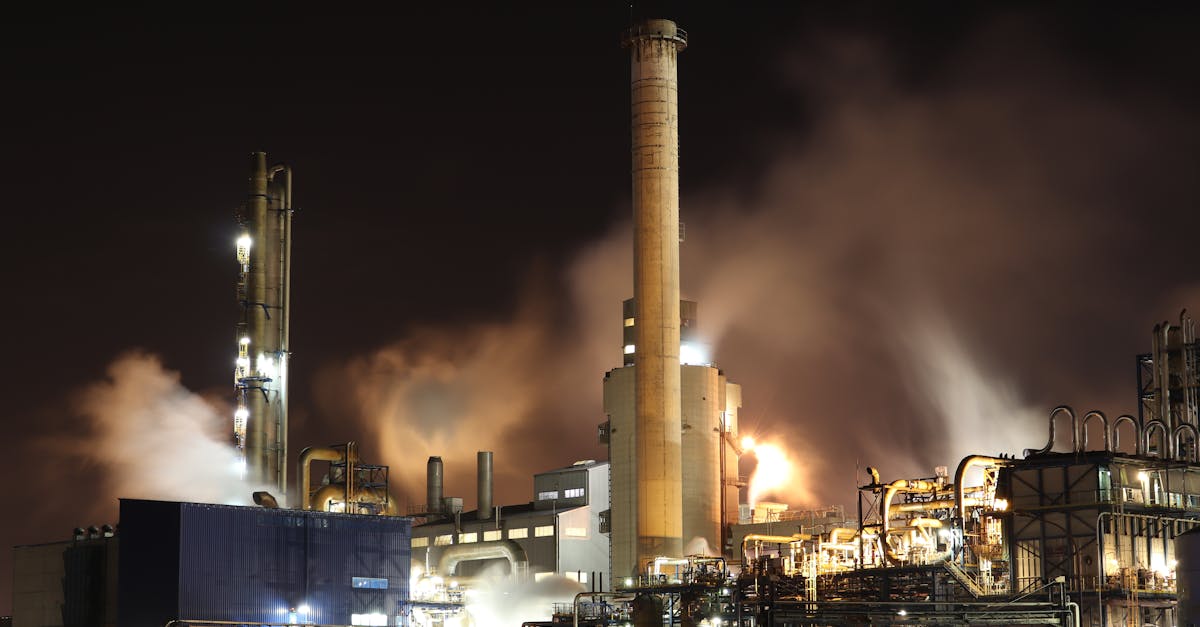Despite today's 2.0% jump to $45.02, Williams may soon be running into resistance as it is now within range of its average analyst target price of $44.95. With an average rating of buy, and analysts assigning target prices from 39.0 to 51.0 dollars per share, investors will be asking themselves if the Oil & Gas Transportation and Processing stock can sustain this bullish run.
The market seems to share this optimistic view, since Williams has a short interest of only 2.2% (this is the percentage of the share float that is being shorted). Each short position represents an investor's expectation that the price of the stock will decrease in the future.
When a stock is sold short, it means an investor has borrowed shares of the stock from their broker, and then sold them at the going market price. The investor hopes for the price to decline, so that they might buy those shares back at a lower price in the future. Once they do, they can return the borrowed shares to their broker, and keep the profit they made on the transaction.
Another way to gauge the sentiment on Williams is to look at the percentage of institutions that are invested in the stock. In this case, 88.7% of the shares are held by pension, mutual, and hedge funds, which shows that these institutions probably have strong confidence in the stock.
If institutions are invested in a particular stock, it shows in most cases that they have performed quality research and concluded that it is a good investment. In some cases, however, increases in institutional ownership could be a sign of a takeover attempt or proxy fight, which can actually injure share prices. Also, institutions are not infallible, and can certainly make miscalculations -- often with spectacular results.
Overall, there is mixed market sentiment on Williams because its an analyst consensus of little upside potential, a buy rating, an average amount of shares sold short, and a significant number of institutional investors. Warren Buffett famously said that in the short term, markets are voting mechanisms, but in the long term, they are weighing mechanisms. This means that long term investors should be aware of a stock's fundamentals before committing.
Buffett was one of the fist investors to focus on free cash flow as a yardstick for a company's health. Here are WMB's recent cash flows:
| Date Reported | Cash Flow from Operations ($ k) | Capital expenditures ($ k) | Free Cash Flow ($ k) | YoY Growth (%) |
|---|---|---|---|---|
| 2023 | 5,938,000 | 2,516,000 | 3,422,000 | 29.82 |
| 2022 | 4,889,000 | 2,253,000 | 2,636,000 | -2.59 |
| 2021 | 3,945,000 | 1,239,000 | 2,706,000 | 19.89 |
| 2020 | 3,496,000 | 1,239,000 | 2,257,000 | 42.49 |
| 2019 | 3,693,000 | 2,109,000 | 1,584,000 | 4181.08 |
| 2018 | 3,293,000 | 3,256,000 | 37,000 |


